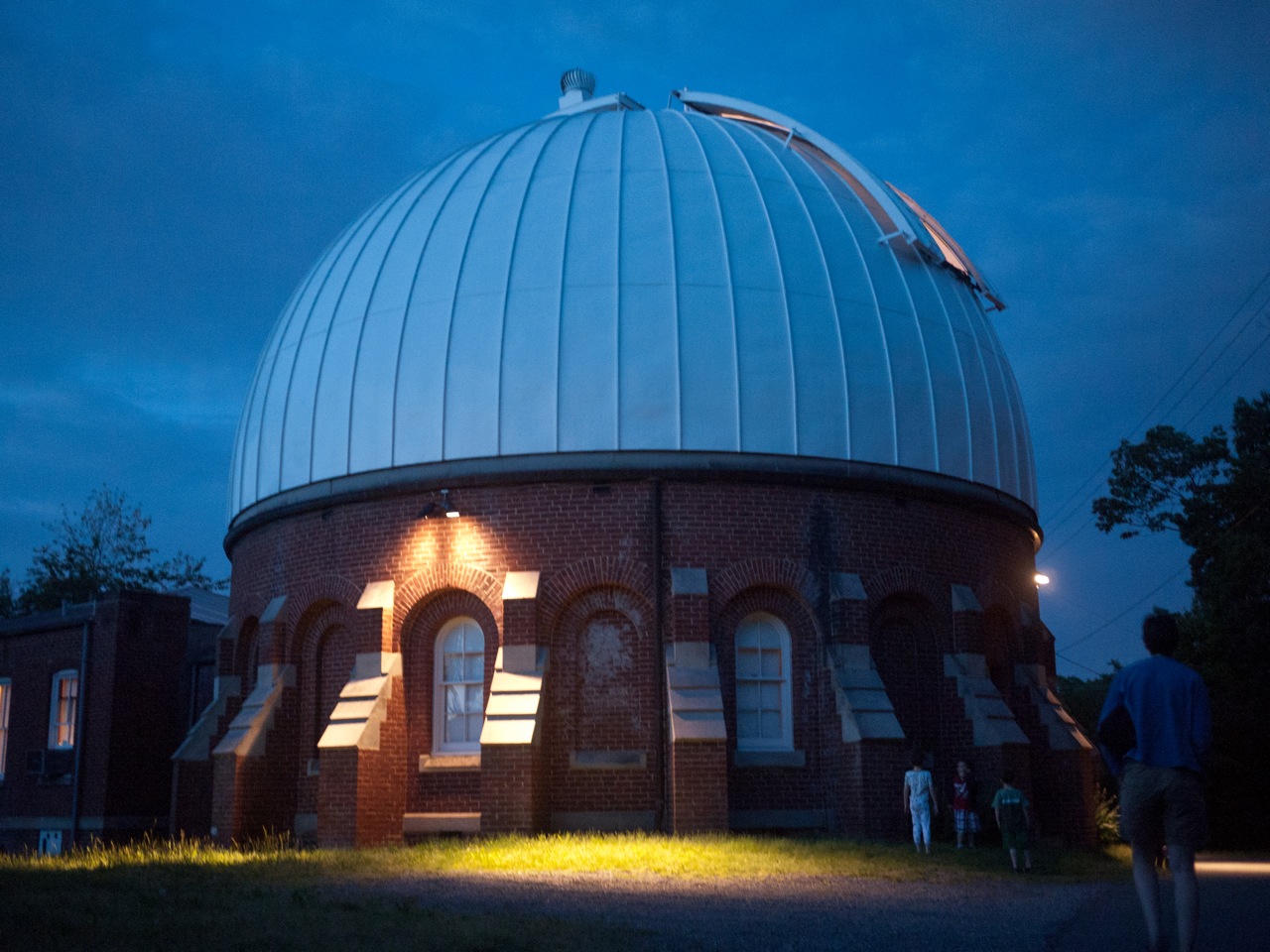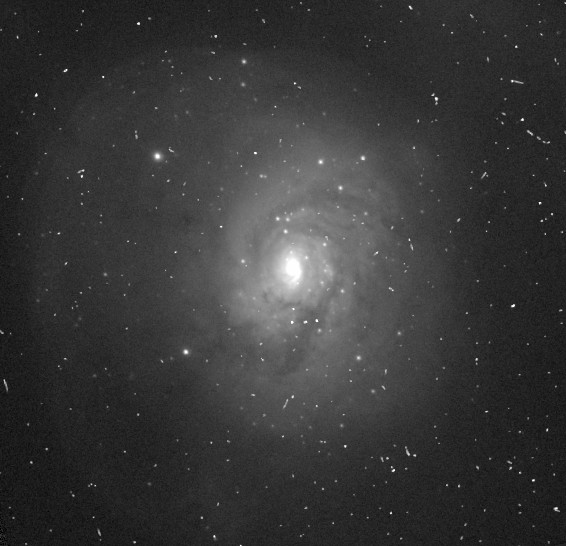|
Frank Muller (astronomer)
Frank Muller (September 10, 1862 – April 19, 1917) was an American astronomer. From 1885 he worked in the Leander McCormick Observatory as an assistant to Ormond Stone and Francis Preserved Leavenworth. He discovered ~100 astronomical objects, from NGC catalog and Index catalog, for example NGC 17 NGC 17, also known as NGC 34, is a spiral galaxy in the constellation Cetus. It is the result of a merger between two disk galaxies, resulting in a recent starburst in the central regions and continuing starforming activity. The galaxy is still ... in 1886. References External links Frank Muller bei Wolfgang SteinickeVeröffentlichungen von Frank Mullerim Astrophysics Data System {{DEFAULTSORT:Muller, Frank 19th-century American astronomers 20th-century American astronomers 1862 births 1917 deaths ... [...More Info...] [...Related Items...] OR: [Wikipedia] [Google] [Baidu] |
Astronomer
An astronomer is a scientist in the field of astronomy who focuses their studies on a specific question or field outside the scope of Earth. They observe astronomical objects such as stars, planets, natural satellite, moons, comets and galaxy, galaxies – in either observational astronomy, observational (by analyzing the data) or theoretical astronomy. Examples of topics or fields astronomers study include planetary science, Sun, solar astronomy, the Star formation, origin or stellar evolution, evolution of stars, or the galaxy formation and evolution, formation of galaxies. A related but distinct subject is physical cosmology, which studies the Universe as a whole. Types Astronomers usually fall under either of two main types: observational astronomy, observational and theoretical astronomy, theoretical. Observational astronomers make direct observations of Astronomical object, celestial objects and analyze the data. In contrast, theoretical astronomers create and investigate C ... [...More Info...] [...Related Items...] OR: [Wikipedia] [Google] [Baidu] |
McCormick Observatory
The Leander McCormick Observatory is one of the astronomical observatories operated by the Department of Astronomy of the University of Virginia, and is situated just outside Charlottesville, Virginia (US) in Albemarle County on the summit of Mount Jefferson (also known as Observatory Hill). It is named for Leander J. McCormick (1819–1900), who provided the funds for the telescope and observatory. History Origin and construction Leander McCormick was the son of Robert McCormick (1780–1846), the inventor of a mechanical reaper, and brother of Cyrus H. McCormick, who patented it and undertook the large scale manufacture and marketing of the invention. The McCormick family's homestead of Walnut Grove was located near Raphine, Virginia, although they moved to Chicago in 1848 to manufacture the reaper on a large scale. In Chicago, Cyrus, Leander and their brother William founded what became the McCormick Harvesting Machine Company and eventually International Harvester. In 1 ... [...More Info...] [...Related Items...] OR: [Wikipedia] [Google] [Baidu] |
Ormond Stone
Ormond Stone (January 11, 1847 – January 17, 1933), was an American astronomer, mathematician and educator. He was the director of Cincinnati Observatory and subsequently the first director of the McCormick Observatory at the University of Virginia, where he trained a significant number of scientists. He served as the editor of the ''Annals of Mathematics'' and towards the end of his life made donations which led to the founding of the Fairfax Public Library System. Early years Stone was born in Pekin, Illinois, to Methodist minister Elijah and Sophia Louise (Creighton) Stone. While attending Chicago High School, he met Truman Henry Safford, an astronomer at the recently completed Dearborn Observatory. Stone became his pupil, quickly beginning his lifelong interest in astronomy. In 1866, Stone enrolled at the Old University of Chicago, graduating with a degree of master's degree in 1870. Working his way through school, he served as an instructor in 1867–1868 at Racine C ... [...More Info...] [...Related Items...] OR: [Wikipedia] [Google] [Baidu] |
Francis Preserved Leavenworth
Francis Preserved Leavenworth (September 3, 1858 in Mount Vernon, Indiana – November 12, 1928; a.k.a. ''Frank Leavenworth'') was an American astronomer. He discovered many New General Catalogue objects together with Frank Muller and Ormond Stone. They used a telescope with a 66-cm aperture at the Leander McCormick Observatory at the University of Virginia in Charlottesville, Virginia. He became a member of the Camden Astronomical Society shortly after its founding in 1888. In 1909 he joined Frederick C. Leonard's Society for Practical Astronomy. See also * New General Catalogue * Observational astronomy Observational astronomy is a division of astronomy that is concerned with recording data about the observable universe, in contrast with theoretical astronomy, which is mainly concerned with calculating the measurable implications of physical m ... * References External links * Publications by F. P. Leavenworthin the Astrophysics Data System {{DEFAULTSORT:Le ... [...More Info...] [...Related Items...] OR: [Wikipedia] [Google] [Baidu] |
New General Catalogue
The ''New General Catalogue of Nebulae and Clusters of Stars'' (abbreviated NGC) is an astronomical catalogue of deep-sky objects compiled by John Louis Emil Dreyer in 1888. The NGC contains 7,840 objects, including galaxies, star clusters and emission nebulae. Dreyer published two supplements to the NGC in 1895 and 1908, known as the ''Index Catalogues'' (abbreviated IC), describing a further 5,386 astronomical objects. Thousands of these objects are best known by their NGC or IC numbers, which remain in widespread use. The NGC expanded and consolidated the cataloguing work of William and Caroline Herschel, and John Herschel's ''General Catalogue of Nebulae and Clusters of Stars''. Objects south of the celestial equator are catalogued somewhat less thoroughly, but many were included based on observation by John Herschel or James Dunlop. The NGC contained multiple errors, but attempts to eliminate them were made by the ''Revised New General Catalogue'' (RNGC) by Jack W. Sulent ... [...More Info...] [...Related Items...] OR: [Wikipedia] [Google] [Baidu] |
NGC 17
NGC 17, also known as NGC 34, is a spiral galaxy in the constellation Cetus. It is the result of a merger between two disk galaxies, resulting in a recent starburst in the central regions and continuing starforming activity. The galaxy is still gas-rich, and has a single galactic nucleus. It lies 250 million light years away. It was discovered in 1886 by Frank Muller and then observed again later that year by Lewis Swift. Due to the major merger event NGC 17 has no defined spiral arms like the Milky Way galaxy. Unlike the Milky Way, the center bar nucleus is also distorted. The merger destroyed any galactic habitable zone that may have been there before the merger. For the Milky Way, the galactic habitable zone is commonly believed to be an annulus with an outer radius of about 10 kiloparsecs and an inner radius close to the Galactic Center, both of which lack hard boundaries. Number in the New General Catalogue NGC 17 and NGC 34 were catalogued by Frank Muller and Lewis Swif ... [...More Info...] [...Related Items...] OR: [Wikipedia] [Google] [Baidu] |
Astrophysics Data System
The SAO/NASA Astrophysics Data System (ADS) is an online database of over 16 million astronomy and physics papers from both peer reviewed and non-peer reviewed sources. Abstracts are available free online for almost all articles, and full scanned articles are available in Graphics Interchange Format (GIF) and Portable Document Format (PDF) for older articles. It was developed by the National Aeronautics and Space Administration (NASA), and is managed by the Smithsonian Astrophysical Observatory. ADS is a powerful research tool and has had a significant impact on the efficiency of astronomical research since it was launched in 1992. Literature searches that previously would have taken days or weeks can now be carried out in seconds via the ADS search engine, which is custom-built for astronomical needs. Studies have found that the benefit to astronomy of the ADS is equivalent to several hundred million US dollars annually, and the system is estimated to have tripled the readership ... [...More Info...] [...Related Items...] OR: [Wikipedia] [Google] [Baidu] |
19th-century American Astronomers
The 19th (nineteenth) century began on 1 January 1801 (Roman numerals, MDCCCI), and ended on 31 December 1900 (Roman numerals, MCM). The 19th century was the ninth century of the 2nd millennium. The 19th century was characterized by vast social upheaval. Slavery was abolitionism, abolished in much of Europe and the Americas. The Industrial Revolution, First Industrial Revolution, though it began in the late 18th century, expanding beyond its British homeland for the first time during this century, particularly remaking the economies and societies of the Low Countries, the Rhineland, Northern Italy, and the Northeastern United States. A few decades later, the Second Industrial Revolution led to ever more massive urbanization and much higher levels of productivity, profit, and prosperity, a pattern that continued into the 20th century. The Gunpowder empires, Islamic gunpowder empires fell into decline and European imperialism brought much of South Asia, Southeast Asia, and almost ... [...More Info...] [...Related Items...] OR: [Wikipedia] [Google] [Baidu] |
1862 Births
Year 186 ( CLXXXVI) was a common year starting on Saturday (link will display the full calendar) of the Julian calendar. At the time, it was known as the Year of the Consulship of Aurelius and Glabrio (or, less frequently, year 939 ''Ab urbe condita''). The denomination 186 for this year has been used since the early medieval period, when the Anno Domini calendar era became the prevalent method in Europe for naming years. Events By place Roman Empire * Peasants in Gaul stage an anti-tax uprising under Maternus. * Roman governor Pertinax escapes an assassination attempt, by British usurpers. New Zealand * The Hatepe volcanic eruption extends Lake Taupō and makes skies red across the world. However, recent radiocarbon dating by R. Sparks has put the date at 233 AD ± 13 (95% confidence). Births * Ma Liang, Chinese official of the Shu Han state (d. 222) Deaths * April 21 – Apollonius the Apologist, Christian martyr * Bian Zhang, Chinese official and gene ... [...More Info...] [...Related Items...] OR: [Wikipedia] [Google] [Baidu] |





